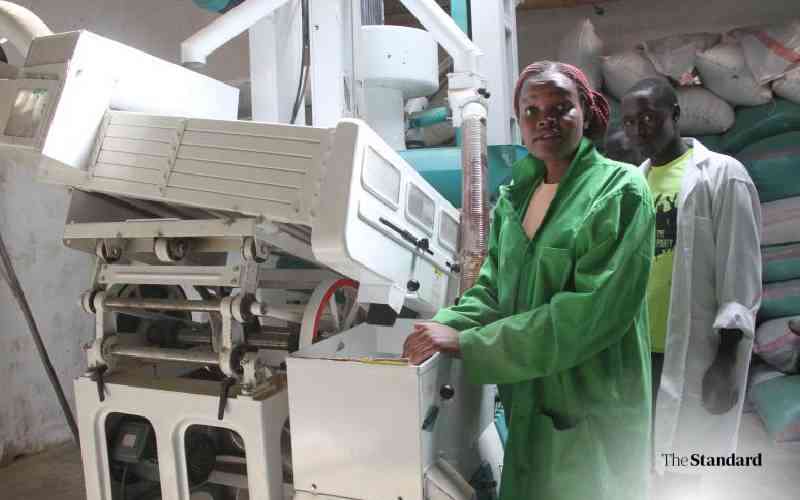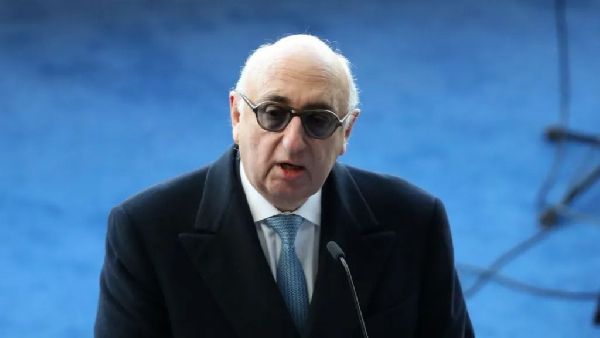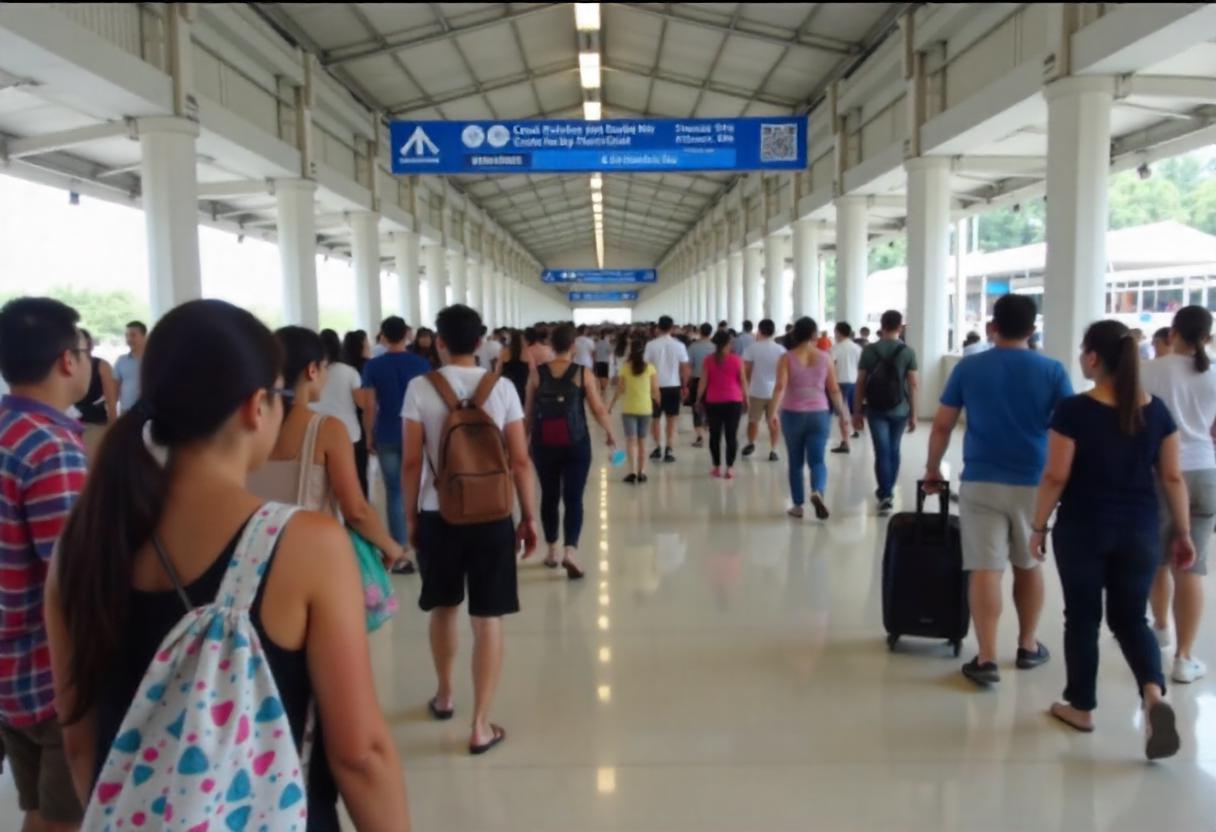AirAsia to Launch Strategic Gulf Hub in Ras Al Khaimah or Saudi Arabia, Boosting Affordable Europe-Southeast Asia Travel Connectivity in 2025 - Travel And Tour World
Thursday, July 3, 2025

Malaysia low-cost carrier AirAsia is targeting a new Gulf hub in a bid to deepen its operations further into the Middle East and Europe. According to a recent interview with Dubai Eye radio, the CEO Tony Fernandes said that the airline will launch a new Gulf hub by the end of 2025 with the aim to boost connectivity between Southeast Asia and the European market. This is the second time AirAsia is targeting the market after its inaugural try back in 2013, which ended abruptly owing to the local market obstacles. With a new fleet of the long-range planes and a better strategy in place, AirAsia is out to succeed this time around.
Fernandes explained that the airline is considering four airports in the Gulf region for this crucial expansion. Among the top contenders are Ras Al Khaimah International Airport (RAK) in the United Arab Emirates (UAE) and a city in Saudi Arabia. This new hub will help AirAsia tap into the growing Europe-bound traffic while enhancing its Southeast Asia–Middle East network.
Ras Al Khaimah, an emirate in the UAE, has emerged as a promising location for AirAsia’s new Gulf hub. The emirate’s airport, Ras Al Khaimah International (RAK), has undergone significant upgrades in recent years, with plans for further expansion. The airport is part of a broader regional strategy to attract international traffic and diversify its aviation offerings. Notably, Ras Al Khaimah has experienced a surge in tourist arrivals, driven by its growing appeal as a cultural and adventure destination in the UAE. With new air routes being established and a focus on sustainable tourism, Ras Al Khaimah is positioning itself as a key player in the Middle East aviation market.
The airport’s modern infrastructure and commitment to environmental sustainability make it an attractive option for AirAsia. It also offers a strategic location to connect Europe with Southeast Asia through the Middle East. This region has seen growing demand for affordable travel options, particularly from European tourists seeking exotic destinations in Asia.
In addition to Ras Al Khaimah, Saudi Arabia also remains a strong contender for AirAsia’s Gulf hub. As the country continues to transform its economy and tourism industry under the Vision 2030 plan, Saudi Arabia’s aviation market is expanding rapidly. The kingdom is investing heavily in its infrastructure, including the development of new airports and aviation hubs, making it a lucrative market for international airlines. AirAsia’s recent expansions to Riyadh, Jeddah, and Dammam reflect the airline’s growing interest in the region. The possibility of a hub in Saudi Arabia would further strengthen AirAsia’s position in the Middle East and improve its connectivity to Europe, as the kingdom plays a central role in regional air travel.
To facilitate the Gulf hub expansion, AirAsia has invested heavily in long-range aircraft, particularly the Airbus A321XLR. This aircraft is more fuel-efficient, allowing AirAsia to expand its reach to secondary European cities, such as Dublin, Glasgow, and Manchester. These cities are underserved by low-cost carriers and represent an untapped market for AirAsia’s budget-friendly offerings. The long-range capability of the A321XLR will enable AirAsia to serve these destinations from its new Gulf hub, with convenient connections to Southeast Asia.
The new fleet of long-range aircraft will also support AirAsia’s shift from its traditional point-to-point network to a more efficient hub-and-spoke system. By offering connecting flights between Southeast Asia, the Middle East, and Europe, AirAsia aims to increase its market share and cater to both budget-conscious travelers and those seeking convenience on longer journeys.
Fernandes has previously highlighted that the hub-and-spoke model will be crucial to AirAsia’s future growth strategy. The airline has set a target of increasing the proportion of connecting traffic from its current 8% to a significantly higher number, making this Gulf hub a critical component of its network expansion plan.
AirAsia’s expansion into the Gulf region is part of a broader effort to establish a more extensive network that links Southeast Asia with Europe, the Middle East, and beyond. The airline’s hub-and-spoke model will allow it to offer a more seamless travel experience for passengers, making connections between regions easier and more affordable.
This strategy will also enable AirAsia to cater to a growing demand for multi-stop, affordable flights. Passengers traveling from Southeast Asia to Europe will benefit from the convenience of connecting flights through a new Gulf hub, making it easier to visit multiple destinations in one trip. The airline’s commitment to low-cost travel and efficient operations is expected to make this hub a popular choice for travelers seeking budget-friendly options across a wide range of routes.
With its new Gulf hub in Ras Al Khaimah or Saudi Arabia, AirAsia is set to revolutionize travel between Southeast Asia and Europe, offering passengers affordable, efficient, and convenient connections. The airline’s use of long-range aircraft, combined with its strategic shift to a hub-and-spoke model, will allow it to tap into the burgeoning European travel market while bolstering its presence in the Middle East.
As AirAsia’s expansion plan moves forward, travelers can expect more options for affordable flights to and from Europe, as well as seamless connections through the Gulf. The airline’s focus on sustainability, efficiency, and customer satisfaction makes it a strong contender for establishing a successful hub in the Gulf region.
(Source: Saudi Arabian General Authority of Civil Aviation)
«Enjoyed this post? Never miss out on future posts by following us»







